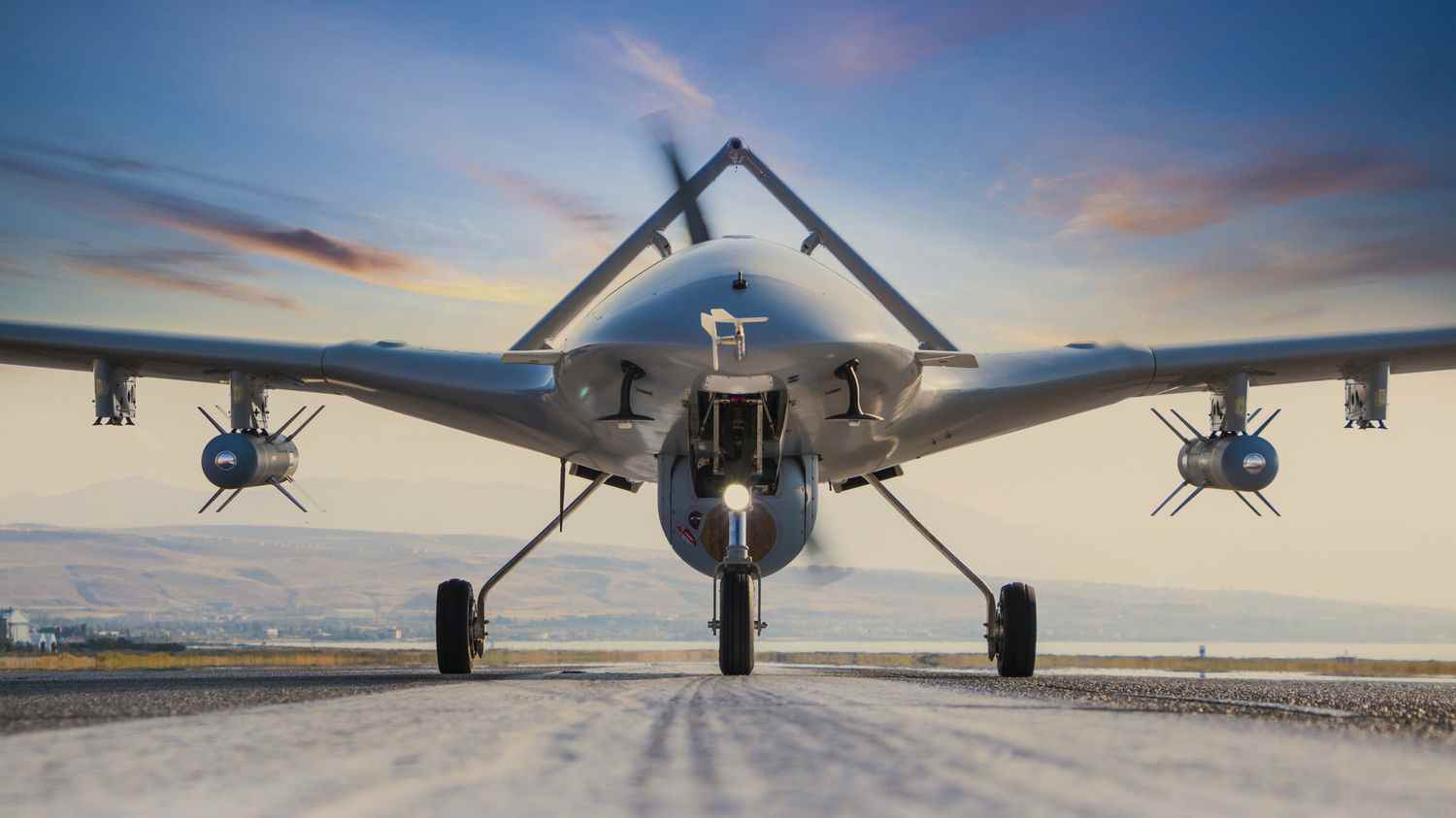Ever since conflicts have existed, that is to say since the first organized societies, military operations have been inseparable from logistical support and intelligence. Only the means have changed: space and cyberspace.
If tank or fighter pilots are in the spotlight, as during the July 14 parade, we think less often of mechanics, logisticians, sailors or computer scientists. A large part of the Army’s trades relate, directly or indirectly, to transport: attacking or defending means being mobile.
The information is all the more reliable when the sources are diversified. Ukraine is setting up an army of civilian drones, while the belligerents are constantly using observation satellites. an online magazine, The space Review, recently revealed that the Russians were about to acquire a new weapon based on laser pulses; this weapon would render spy satellites permanently blind.
Rendering military satellites inoperative instead of destroying them with laser cannons avoids, as has already happened, generating a lot of debris, which is dangerous even for the attackers’ satellites. The sprinkler watered somehow!
Patrick Dutartre, General of the Air Force, fighter pilot and former leader of the Patrouille de France, also specifies that the sector is recruiting:
“You can apply for more than 200 jobs that are offered to the armies, with around 20,000 positions each year, including 4,000 in the Air Force.”
Patrick Dutartre, General of the Air Forceat franceinfo
He also reviews the great diversity of professions in the sector: “We are thinking of pilots of course, but we also have information systems, space and space analysis personnel, mechanics of all categories, air traffic controllers… We also need IT specialists.”
Without forgetting the professions of the sea, both on water and under water. With nearly 300,000 jobs and a budget of 50 billion euros, the armed forces are hiring, with very strong demand in cyber defense or drones.
The latter, essential as we have seen in Ukraine, range from the size of an insect, when they are sources of intelligence, to that of a large plane. Some, such as killer drones, are operated remotely, most often by fighter pilots, as for satellite observations, they are now essential to any conflict and justify the new name of this army: the Air Force is now called the Air and Space Force.
In all these professions, feminization, although on the rise, is a challenge supported by our late Vice-Admiral Anne de Mazieux, a pioneer, former director of the mixed project, with the Ministry of the Armed Forces.
“15.5% is not enough. A new step must be taken to make this diversity within the armies more representative. Diversity is a collective asset. and an opportunity, provided that we give women the desire to join us, whatever the level of the hierarchy.”
Thus, all jobs within the armed forces are now accessible to women, from fighter pilots to ship command, and even recently, in nuclear submarines. It remains to convince young girls that this sector is open to them, in the same way as men.
